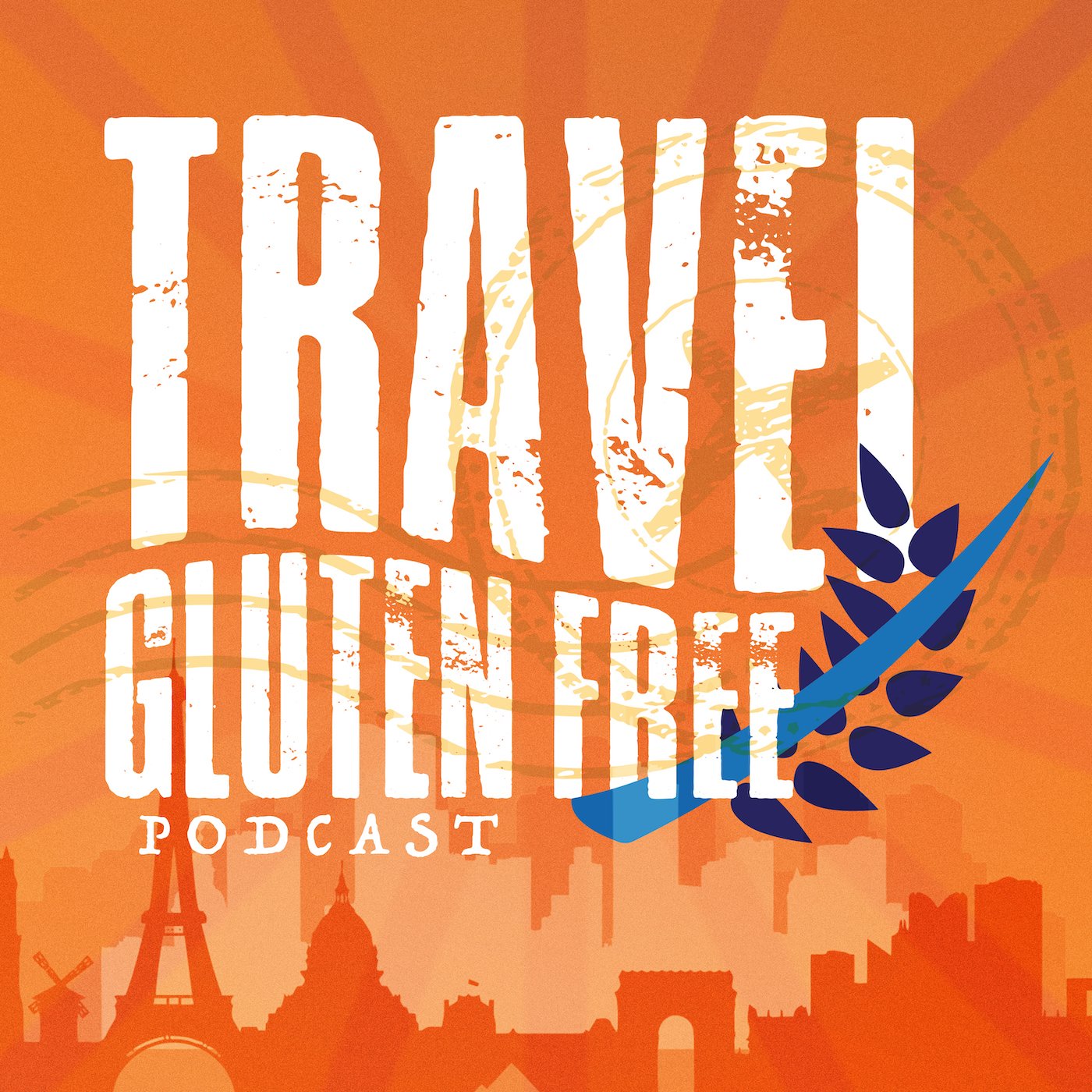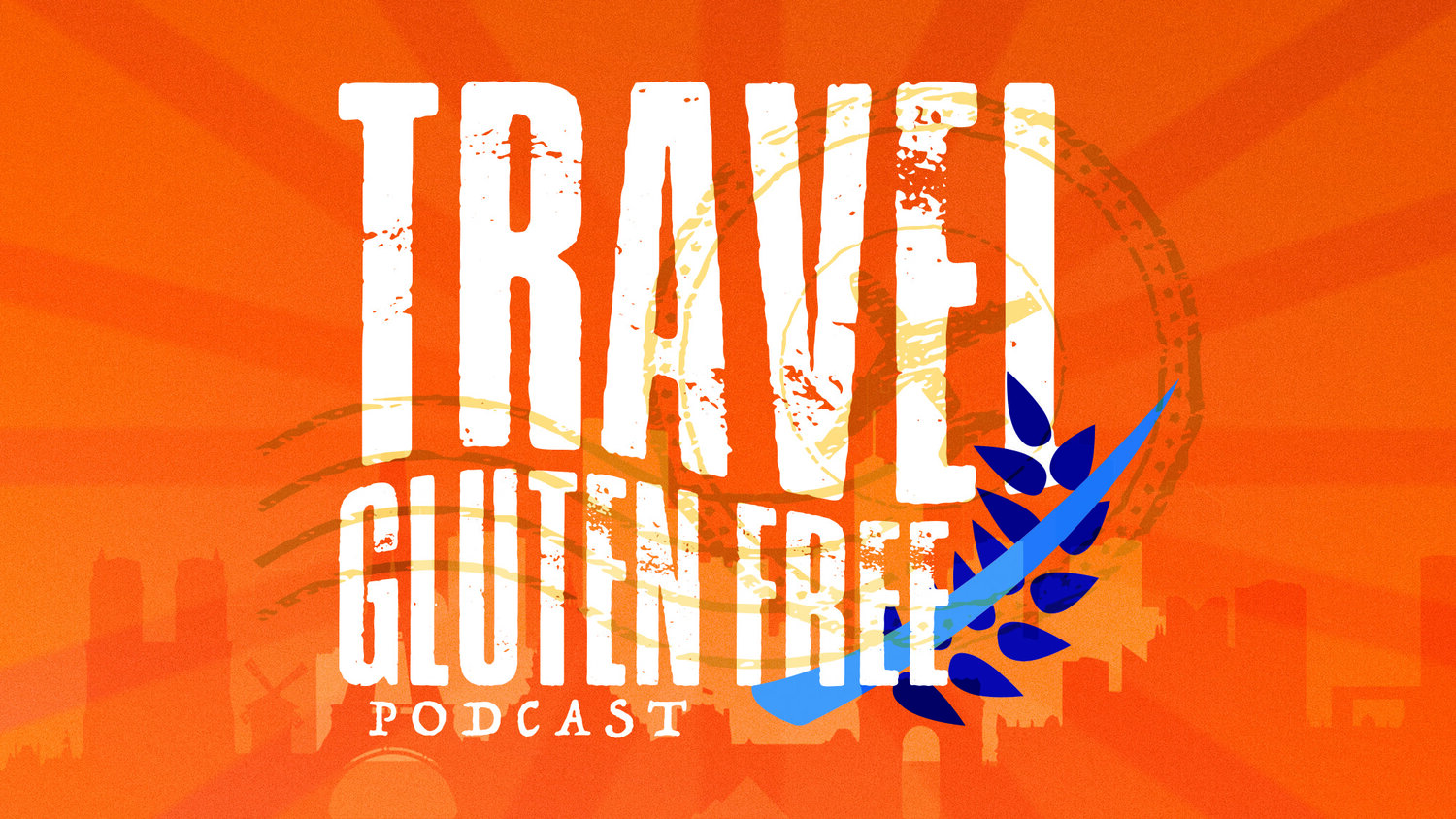What's In Gluten-Free Pasta?
Guest Post by Jen Fitzpatrick
With so many gluten-free pasta brands on the market today, how do you know which gluten-free pasta is best? The answer: A lot of trial and error over the last decade with Celiac disease.
Since pasta is such a popular dinner item in American families, it's bound to be something you look for an adequate replacement to after a Celiac disease diagnosis. And I was no different. But what I quickly learned about the pasta available back was that there were two options: rice or corn. It sort of made me hate pasta for a while, as nothing ever tasted like I hoped!
Thankfully, over the last decade, gluten-free pasta brands have improved dramatically. Other gluten-free grains, such as quinoa, red lentil, and even chickpea are now used and blended for delicious gluten-free pasta. And now, I'm happy to report I love eating pasta once more!
So which brands of gluten-free are the best? And how do they compare? That's the tricky question! In this post, I'm going to share a little about how gluten-free pasta is made, where to buy it, and some of the top brands on the market today.
Yes, you can still eat pasta if you’re gluten free. There are so many options out there nowadays that it can be hard to choose which one to use!
It's important before I begin this list to remind you that my taste buds are not your tastebuds. I'm going to share my honest opinions here about each brand. And if you disagree, that's okay! I'm sharing this list to help you make the most informed decisions in your weekly food shopping. I want to save you from buying products you end up hating and ensure you can replicate all of your favorite pasta dishes gluten-free, and lead you towards brands that are safe.
For this post, please note I'm only looking at dried pasta, not fresh pasta. I'm working on making my own gluten-free pasta from scratch, but until then, I love Trader Joe's Gluten-Free Egg Fettuccine.
Now then - let's take a look at these gluten-free pastas!
What is Gluten Free Pasta Made From?
If there's no wheat flour to make pasta, what do they use?
While years ago gluten-free pasta was usually made from only brown rice or corn, a lot has changed in the last decade. Many different gluten-free grains are now used for pasta, including:
Corn
White Rice
Brown Rice
Quinoa
Lentils
Almond
Cauliflower
Buckwheat
Amaranth
Millet
Black Bean
Chickpeas
They might also include other starches or thickeners, like pea protein or potato starch. Sometimes gluten-free pasta will be made entirely of one grain, such as brown rice, white rice, or corn. However, most pasta brands on the market today are a blend of a variety of gluten-free grains.
Gluten-Free Pasta Shapes
If you are new to the gluten-free diet, you may find the lack of shapes a little disappointing. While most brands of regular pasta can be found in a variety of shapes and styles, you won't always find the same with gluten-free pasta. Most gluten-free pasta will be in popular shapes, like penne, fusilli, elbows, and spaghetti. A few brands offer other shapes, including lasagna and tagliatelle, like Jovial, Ancient Harvest, and Banza. More shapes keep popping up - so keep your eyes open!
If you are new to trying gluten-free pasta, stick to a shape like penne or fusilli to start. Once you add sauce, butter, pesto, olive oil, or maybe parmesan cheese, it's hard to note a difference. But if your first experience trying gluten-free pasta is with spaghetti, and you expect it to taste as soft as regular spaghetti, you might be disappointed. The texture may be an adjustment. The first few times I tried gluten-free pasta, I didn't like it.
Where To Buy Gluten-Free Pasta
In supermarkets and supermarket chains, there are three possible locations for gluten-free pasta. Gluten-free pasta brands can be found next to the regular pasta, in the aisle with most pasta and tomato sauces. Make sure you double-check that you are buying the gluten-free version, as some packages look very similar.
Some grocery stores will have dedicated aisles to gluten-free products. Sometimes they are also in the same aisle with organic products or even the baking section.
In a handful of grocery stores, I've actually found gluten-free pasta brands in the macaroni and cheese section or soup section, which can be in a different aisle than the regular pasta. Confusing, right? Always be sure to check these three spots for gluten-free pasta.
*Fun Fact: My first job was a cashier/bagger at Publix in high school. One of my favorite responsibilities (besides working the cash register) was to return the items customers would decide not to buy at the last minute. It's why I know grocery store layouts well!
Finding Gluten Free Pasta Online
You can buy most gluten-free pasta brands online through Amazon, which also owns Whole Foods. Because of this business relationship, there are lots of options on Amazon. But many gluten-free pasta brands are available for less on my other favorite online retailer: Thrive Market!
Thrive Market ships your favorite gluten-free brands and products right to your door for less than your local supermarket, and even beats Amazon in price! Thrive takes 25-50% off retail prices on 6,000+ organic, non-GMO, and sustainable products ranging from food, freezer meals, pantry staples, supplements, and beauty supplies.
Here's a side by side comparison of price with Banza.
On Amazon, it costs $14.99 for 3 boxes of Banza pasta , or $5 a box.
On Thrive Market, it costs only $10.49 for 3 boxes of Banza pasta, or $3.49 a box! At $1.50 cheaper, that adds up!
Thrive Market memberships are only $60/year, which is half the cost of an Amazon prime membership. With hundreds of brands available, plus plenty of gluten-free pasta like Banza, Schar, and Jovial, you can enjoy your favorite pasta for less. And shipping is always free on orders over $49. If you are having trouble finding your favorite gluten-free pasta in the supermarket, Thrive is the way to go!
Thanks to Jen Fitzpatrick for this pasta comparison article! Discover tips on how to safely travel gluten-free with my complimentary ebook, Ten Tips for Traveling Gluten Free! You can also find out more details about how to travel via cruise, road trip, or camping and learn the freedom you can have when you know how to travel with Celiac disease when you grab my Guide to Traveling Gluten Free.


